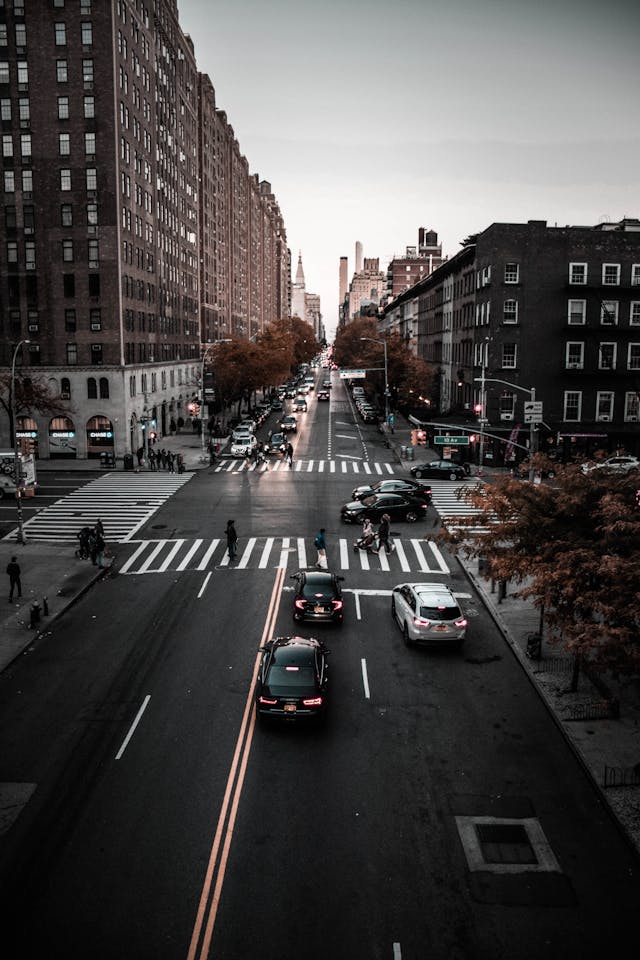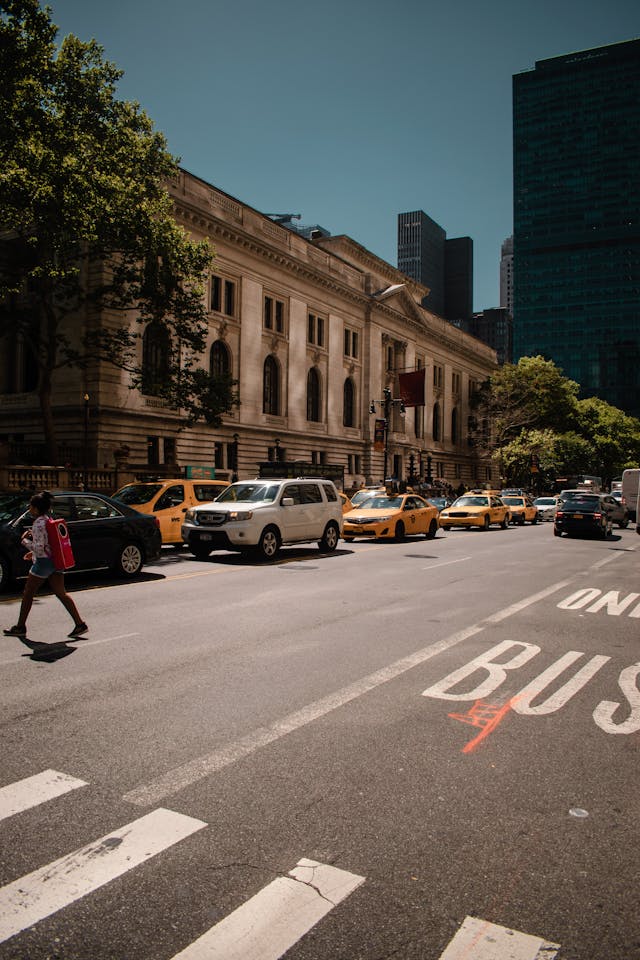In the age of rapid urbanization and ever growing car population we see that traffic flow has become very complex. What we had been using which is based on fixed algorithms and past data patterns of traditional methods of traffic prediction is not enough to cover the dynamic aspect of present day road networks. To that we have seen the introduction of deep learning which is game changing in the intelligent transport systems field. We are now into an era of neural network based deep learning models which are used to improve traffic forecast accuracy and also support in accident prevention.
Neural nets, in particular Deep Architectures which include Convolutional Neural Networks (CNNs) and Recurrent Neural Networks (RNNs) do very well at identifying patterns in large scale, unstructured data sets. In the traffic field we see them out perform at it which is what they are used for, to look at input from many data sources like road sensors, GPS signals, video footage, and weather reports. This multi dimension approach we see to be what is also making their predictions more accurate and responsive. Out here in Australia Sensor Dynamics is a key player in this field with their provision of advanced sensing infrastructure which reports in real time on road conditions. These inputs are what allow for the training of deep learning systems to recognize present issues and also what is to come.

Learning from Spatiotemporal Patterns
One out of the primary benefits of deep learning models is that they are able to process what is at play in both space and time at the same time. Traffic data is of a spatiotemporal nature it changes over time and also varies by geography. Convolutional Neural Networks do an excellent job of identifying spatial features from road maps and sensor grids, also the use of Recurrent Neural Networks in particular Long Short Term Memory (LSTM) networks which do very well at analyzing temporal sequences which may include daily traffic patterns or seasonal trends.
By using what is called a hybrid approach which puts CNNs and RNNs together researchers and engineers are able to create models which not only see present traffic issues but also which also predict traffic backups which may happen in the coming minutes or even hours. These models are able to process up to date information on a wide range of factors at the same time which includes traffic volume, speed, time of day, weather reports, special events and road construction which in turn they use to issue timely alerts and also to have traffic managers put in place proactive measures.
Real-Time Traffic Forecasting
Another important advantage of deep learning is that it does for real time analysis what no other model does. Traditional stats models may take long to do their calculations and also they require lots of manual tuning, but not deep learning models they keep on improving with every bit of new data they are given. Also in live traffic prediction which is a very dynamic environment with incidents, weather which is ever changing, and which also see large unexpected spikes in traffic we see great success from deep learning models.
For example a deep learning model may at present notice a drop in car speed on a certain road section, look at reports from nearby traffic cameras and weather updates and put that into context which may in turn mean they have identified a forming traffic jam or accident. This info can be passed on to navigation systems, traffic signs, or control rooms which in return may use it to reroute traffic, change traffic light timing, and so as to prevent more gridlock. In very large urban areas this type of quick response is very important as a small delay may in fact cause a chain reaction of issues throughout the whole system.

Supporting Accident Prevention
In terms of accident prediction and prevention which is a subset of our larger body of work on traffic prediction we have seen that deep learning play a large role. We see that by identifying what we term as hot spots and also which behaviors are most associated with crashes we are able to put out alerts to drivers and authorities before the accident happens. For example we look at patterns of sudden breaking, erratic lane changes, or speeding in certain zones which in turn helps us to identify which driving behaviors are the most dangerous in real time.
Deep from past accident data we see that we are able to identify which intersections or stretches of road have a greater chance of an accident in certain conditions. This info in turn guides which infrastructure improvements we make better lighting, better signs, or re designed lanes and also what policy changes to make related to speed limits or traffic enforcement. Also we see that putting deep learning into in-vehicle systems like in Advanced Driver Assistance Systems (ADAS) we are able to put in features like automatic breaking, lane departure warnings, and real time hazard detection which in turn reduce accident risk.
Challenges and Future Directions
Despite what deep learning brings to the table in terms of benefits, we see that its implementation in traffic systems is not without its issues. We note that a big issue is the quality and amount of available data. What we have is a requirement for large sets of high quality data that must be continuously collected, labeled, and stored. Also we see that private issues play a role we use data from personal devices like smartphones and cars which raises privacy issues.
Computational resources is an issue. We see that which models we put through a deep learning lens are very resource intensive in terms of what they require for training often that includes specialized hardware like GPUs and also large memory. Also we find that for models to maintain their accuracy over time they must be constantly retrained and validated against new data.
















